Mini history – from Suez, Issigonis, Cooper and Monte Carlo victories
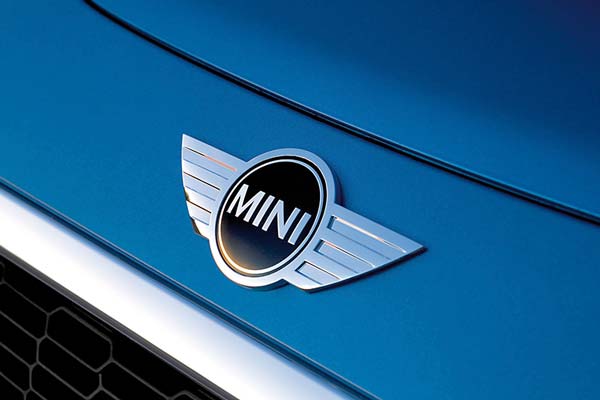
First designed by Sir Alec Issigonis as an alternative to the bubble cars of the late 1950s. The Mini was a triumph of simple yet elegant design, revolutionising what a small car could be.
Production of the original Mini car may have ended in 2000 but the name, style and cheeky sense of fun lives on today as part of a Mini range of cars.
Mini – the early years
First launched in 1959, the Mini began life as an economic car that could carry four passengers within it’s tiny dimensions.
Designed by Alec Issigonis for British Motor Corporation (BMC), as a response to the Suez fuel crisis that created an urgent need for smaller, lighter and, importantly, more economical cars.
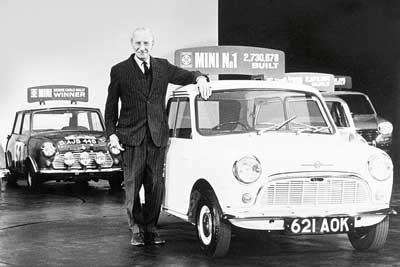
Sir Alec Issigonis with Mini number 1 (1969)
Incredibly, the little car took just 2 years to design, develop and put into production and gave rise to a wide range of body styles, from Estate (the Clubman), Saloon, van, pickup and the Mini Moke.
Early cars were badged Austin Seven and Morris-Mini Minor but in the late sixties, Mini broke free to become a marque itself.
Mini in Motorsport – the rise of the Mini Cooper
The Mini wasn’t created with performance in mind, the first cars were fitted with a 848cc four-cylinder engine, which produced 34bhp and delivered a top speed of 72mph. A car that handles like a Mini deserved the poke to exploit it properly and with the Mini Cooper, and later the Cooper S, it got it.
John Cooper was a successful Grand Prix constructor. He saw the potential increasing the Mini’s performance. The engine size was increased to 997cc, with power boosted to 55bhp. The Mini Cooper was born, a Mini with a top speed of 87mph, a car that transformed the Mini from supermarket runabout to motorsport superstar.
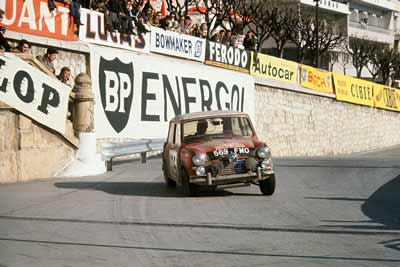
A Mini Cooper S won the Monte Carlo Rally in 1964, 1965 and 1967
Mini Coopers won the Tulip Rally in 1962 and 1963. While the later, more powerful, Cooper S won the Monte Carlo Rally in 1964, 1965 and 1967 and dominated on track in British saloon car racing. With that, the words Mini and Cooper were embedded into the minds of generations of car enthusiasts for decades to come.
The Mini badge
Over the years the Mini has featured several different badges, depending on the model and branding. It started with a pentagonal Austin badge and winged Morris badge, that adorned the first Minis in 1959.
Following several variations, the brand names were dropped in 1969 leading to the Mini shield badge that became the standard until 1990.
Following on from the Mini shield, a winged Mini Cooper badge was adopted for the re-launch of the brand. This retro badge was modernised after BMW’s acquisition of the marque and now forms the badge seen on all models of Mini car made today.
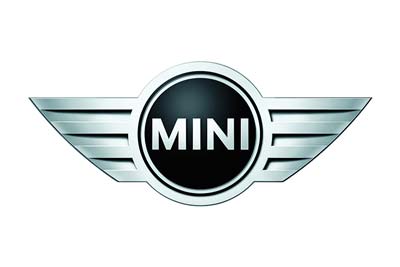
The Mini badge today
Mini today
Production of the classic Mini continued until 2000 when, over four decades after the launch a new Mini for the 21st century was launched.
Technically unrelated to its predecessor, the New Mini stayed true to the original cars basic design principles and managed to capture much of the original cars sense of fun.
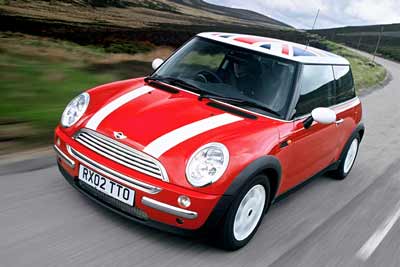
New Mini Cooper (2002) – A Mini for the 21st century
BMW took control of Mini when they bought the Rover Group in 1994. Since the launch of the New Mini in 2000 the Mini range has expanded beyond the Mini Hatch to include the Mini convertible, a five door Mini, Countryman, Clubman and Paceman.
If you’re a Mini owner, be sure to check out our owners’ club section to find out about clubs near to you, or for information about club meetings and events.



